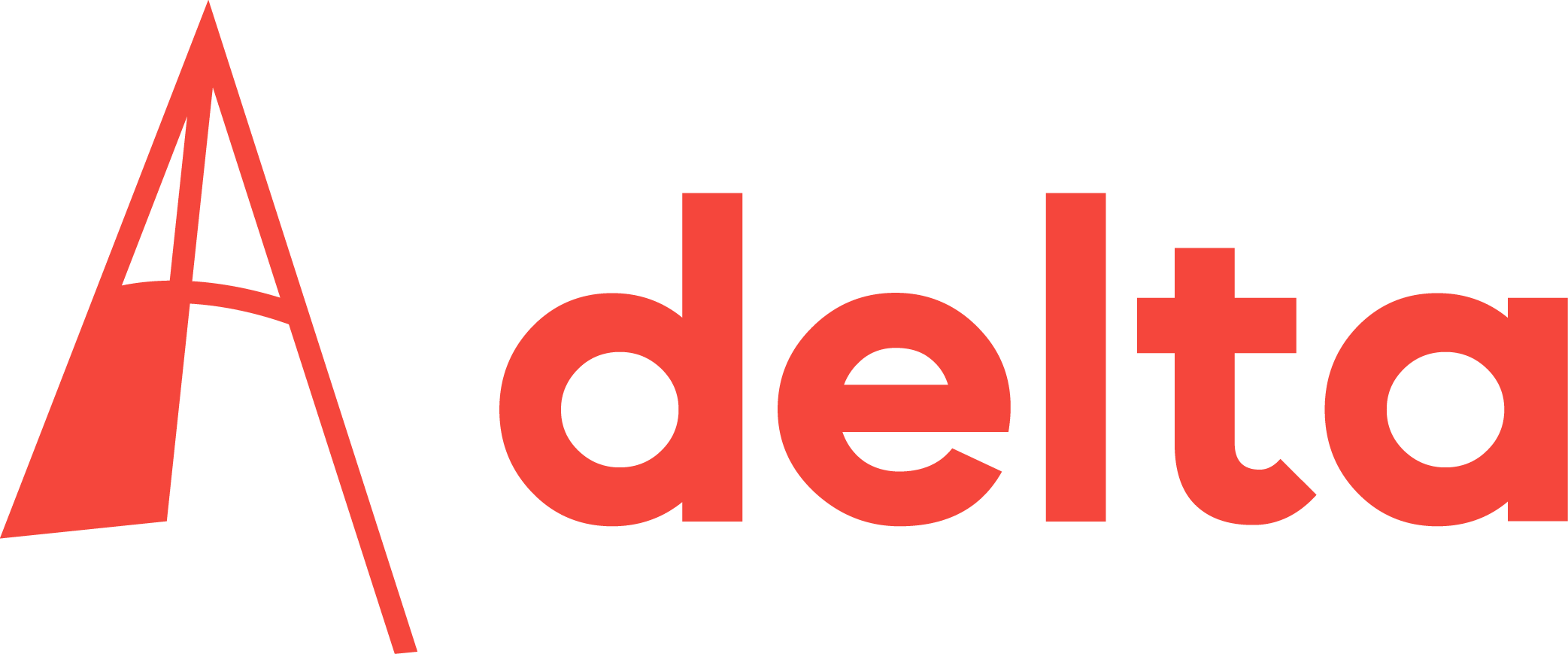Rowing and universities have gone hand in hand for over 150 years. Yet only now do we have the tools and knowledge to examine exactly which muscles drive the rowing stroke. “Thus we can analyse the rowing stroke in detail,” says postdoc Tom van Wouwe.
Arnout Greidanus, Simon Loose (on ergo) and Tom van Wouwe in the biomechanics lab. (Photo: Thijs van Reeuwijk)
In the Biomechanics Lab at TU Delft’s Faculty of Mechanical Engineering, 14 strong and experienced student rowers took turns on the rowing machine. Postdoc Tom van Wouwe and master’s student Simon Loose placed dozens of reflective markers on their arms and legs and fitted them with breathing masks to measure oxygen intake.
Van Wouwe studied Biomechanics at Leuven University and developed motion analysis tools at Stanford University. At TU Delft, he used cameras to track the reflective markers and capture the rowing stroke in three dimensions. Sensors in the handle, a footplate and a seat recorded how forces were transferred between the rower and the machine.
Digital twin
Alongside the physical measurements, Van Wouwe built a virtual rower – a computer model based on a moveable skeleton with dozens of muscles. He combined two existing models (for the upper and lower body), which are the result of years of anatomical research using cadavers and MRI scans of moving joints.
Earlier, movement scientist Mathijs Hofmijster (Free University of Amsterdam) had also recorded rowers on the ergometer. He gave the datasets to Van Wouwe and advised on the experimental setup. “What Tom has done is to estimate how the rowing stroke emerges from a coordinated pattern of muscle activations,” Hofmijster explains.

What the muscles are really doing
Van Wouwe refers to the technique as ‘inverse analysis’. In the virtual model, he activates the muscles in such a way that the outcome matches the measured movement and forces of the real rowers. “Tom can simulate the rowing stroke and precisely show the role of each muscle group,” says Hofmijster.
Only about 20% of the body’s internal energy turns into mechanical power – comparable to the efficiency of an old car. A modern car reaches around 35%.

Contributions from various muscles to the rowing stroke. (Graph: BioToHydRow)The thigh muscles (quadriceps) deliver the most power – over 25%. They’re followed by the glutes (gluteus maximus) at 16%. The hamstrings don’t contribute much power (about 8%), but they play a key role in transferring the force from the legs to the back without changing their length much. Interestingly, the glutes and hamstrings are the muscles that get the most fatigued, even if they don’t deliver the most power. Muscles can tire out just by maintaining force.
A better understanding of movement
You cannot directly derive new training methods from the model, Van Wouwe notes. “But it could help prevent injuries, because it gives detailed insight into the loads on individual muscles and joints.” Still, he points out that the model doesn’t yet include the rib and back muscles – while rib pain is a common issue for competitive rowers.
“The model deepens our understanding of human movement,” says Hofmijster. “Until now, we could only measure what happens on the outside. This research gives us a first look at what’s going on inside the body.”
The musculoskeletal model is just the beginning. Van Wouwe, along with research leads Arnoud Greidanus and Ajay Seth, hopes to add a simulation of how a single scull moves through water, and how the rower transfers power through the oar. But with Van Wouwe’s contract ending this summer, that next step may take a while.
Collaboration
The BioToHydRow project was a cooperation within the Faculty of Mechanical Engineering aimed at connecting departments, in this case, Process & Energy and Biomechanics. Exploring the overlap between fluid dynamics and biomechanics naturally led Greidanus, a former elite rower, to focus on rowing.
So far, the study only involves male athletes. The researchers would like to run a similar study with female rowers to quantify biomechanical differences.
Do you have a question or comment about this article?
j.w.wassink@tudelft.nl


Comments are closed.